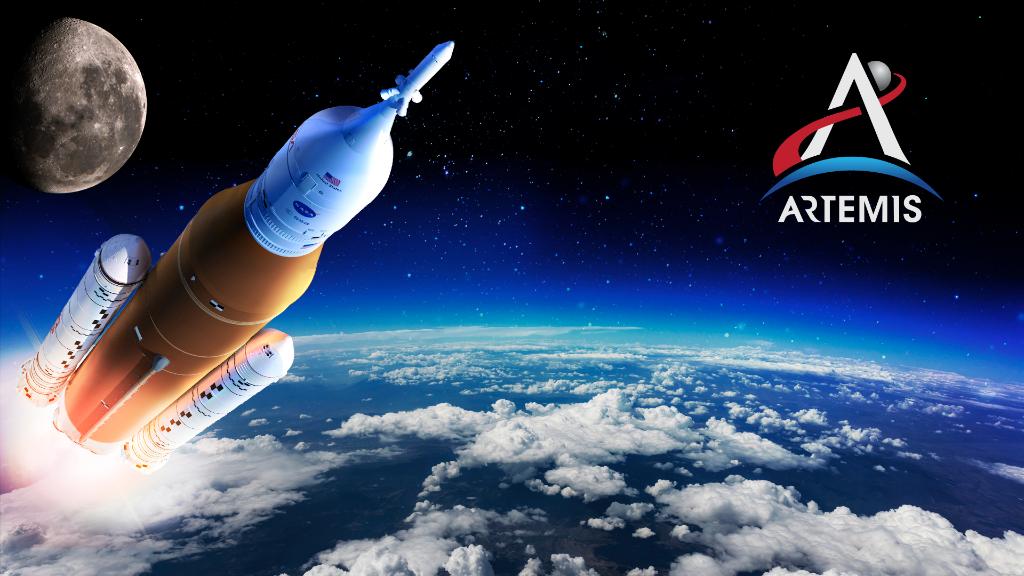
Signed on the 45th anniversary of the final crewed mission to the Moon, Space Policy Directive 1 directed NASA to begin a mission to send the next man and first woman to the Moon with a pathway to continue onto the crewed exploration of Mars. Since then, the Artemis program has expanded to include already existing programs as well as new commercialized contracts for new services.
What is the Artemis program?
Named after the twin sister of Apollo in Greek mythology, Artemis is meant to call reference to the lunar program of the 60s and 70s and build a permanent presence on the Moon while also working towards a path to crewed flights to Mars. With one of the most ambitious timelines in NASA history, the current goal is to launch the next man and first woman to land on the Moon as early as 2024. An update on this goal is expected in the coming months as a new NASA administrator takes office.
Goals
The main goal of the program is to build a sustainable and permanent presence on the surface and orbit of the Moon. The Apollo program, while one of humanity’s greatest achievements, was extremely expensive and wasn’t designed to be sustainable. Artemis will build a presence in a lunar orbit similar to the constant human astronaut presence we have in low Earth orbit with the space station using a combination of cost-plus and commercial fixed-price contracts.
Spacecraft
Orion
Orion is the main spacecraft for transporting crew from Earth to the Moon and beyond to Mars. This vehicle first started development as the crew capsule for NASA’s Constellation program, originally planned to replace the Space Shuttle but was canceled after it was discovered to be extremely behind schedule and over budget.
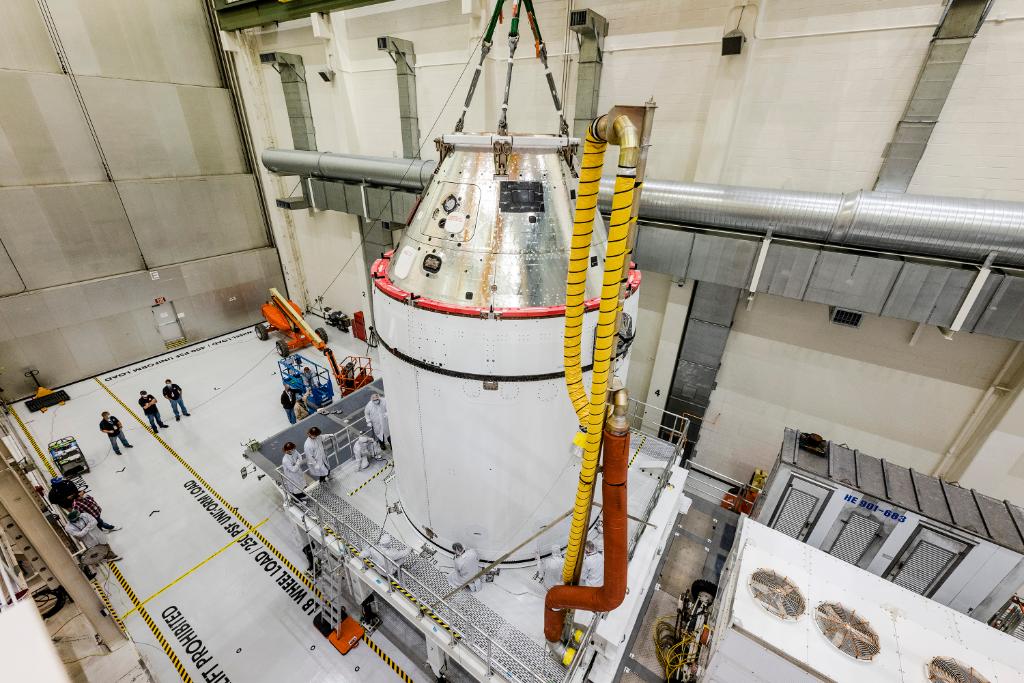
It found a new home with President Barack Obama’s Space Launch System rocket and continued testing and development. Built by Lockheed Martin, this part of the vehicle has actually already conducted a test launch. In 2014, a test article of the Orion spacecraft launched on top of a Delta IV Heavy rocket to test systems while in orbit as well as while reentering the atmosphere. As of 2020, there are three flight-ready Orion’s built, ready to shuttle astronauts into history on Artemis 1, 2, and 3.
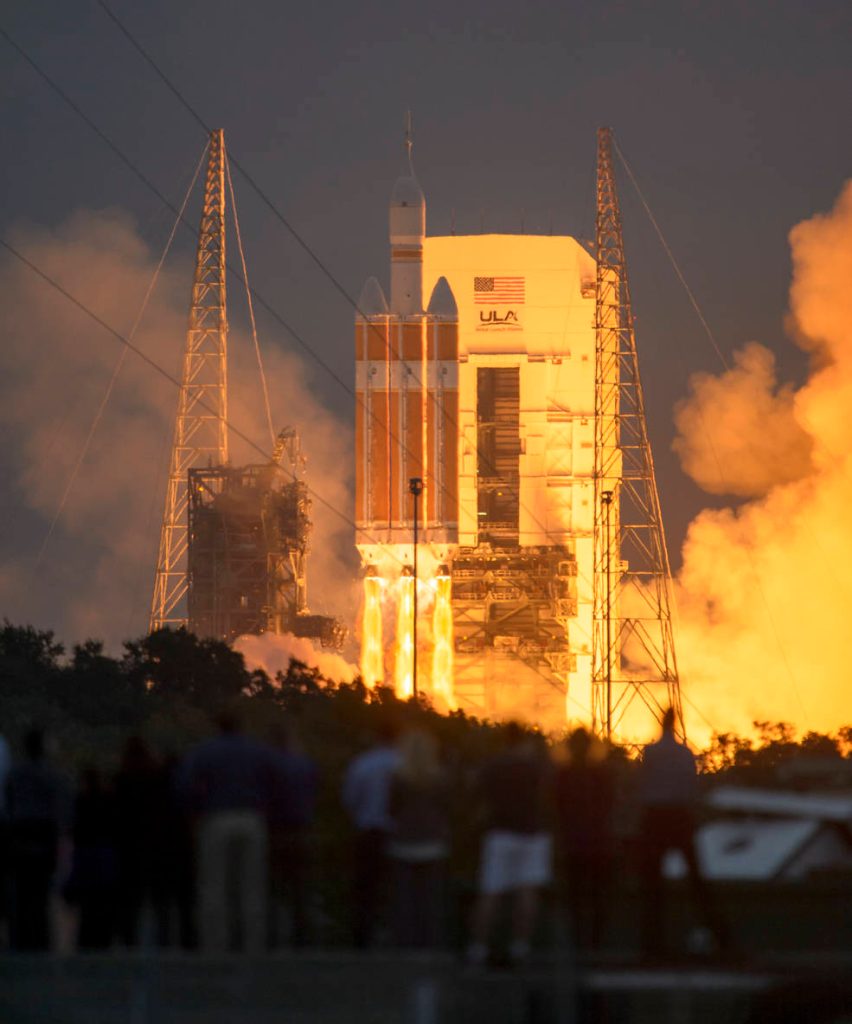
Dragon XL
Back in March 2020, SpaceX announced a new vehicle they will develop in the use of resupplying the Lunar Gateway orbiting space station under the Gateway Logistics Services contract. Currently, this is the only vehicle selected to resupply the station of food and experiments and will exclusively fly on SpaceX’s Falcon Heavy rocket.
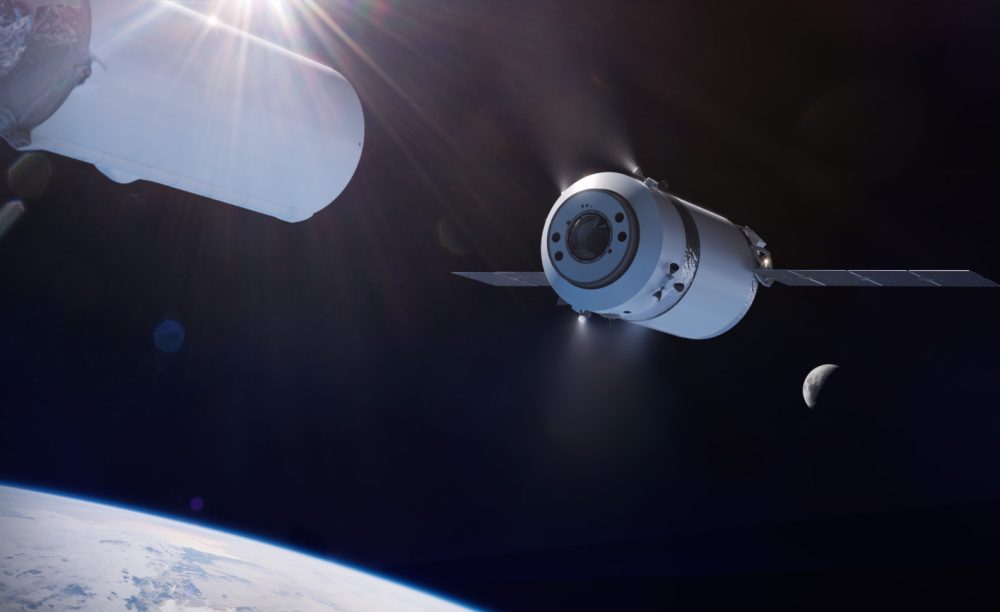
Gateway
The Lunar Gateway space station can be described as the permanent version of Apollo’s command module. It will serve as the short term home for astronauts between their trips to and from the surface of the Moon and will also house scientific experiments similar to how the International Space Station operates in Earth orbit.
Gateway is not expected to be ready in time for the first couple of crewed flights as current plans are for completion late into the 2020s. The station is planned to have the six modules that will house places for the crew to sleep, conduct science experiments, and even an airlock for spacewalks. Canada will also be providing an upgraded robotic arm named Canadarm3 for the station as they did for the ISS and Space Shuttle.
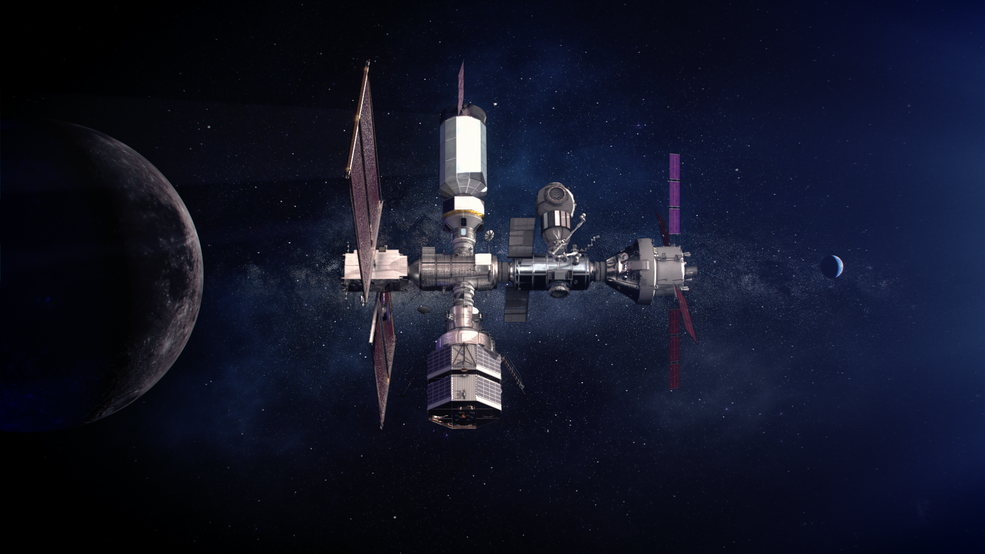
Space Launch System
The Artemis program wouldn’t be able to leave the ground without the SLS rocket. Built by Boeing, it’s what’s called a “Shuttle Derived Vehicle” and uses a Core Stage that is similarly designed to the External Tank of the shuttle and two Solid Rocket Boosters similar to the shuttle but with an extra segment making them more powerful. The upper stage is derived from the upper stage used by ULA and their Delta IV rocket, which then sits the Orion spacecraft on top. The idea was to use the same hardware and the skilled contractors to develop a new launch vehicle to limit the downtime during which the United States would have no ride into space.
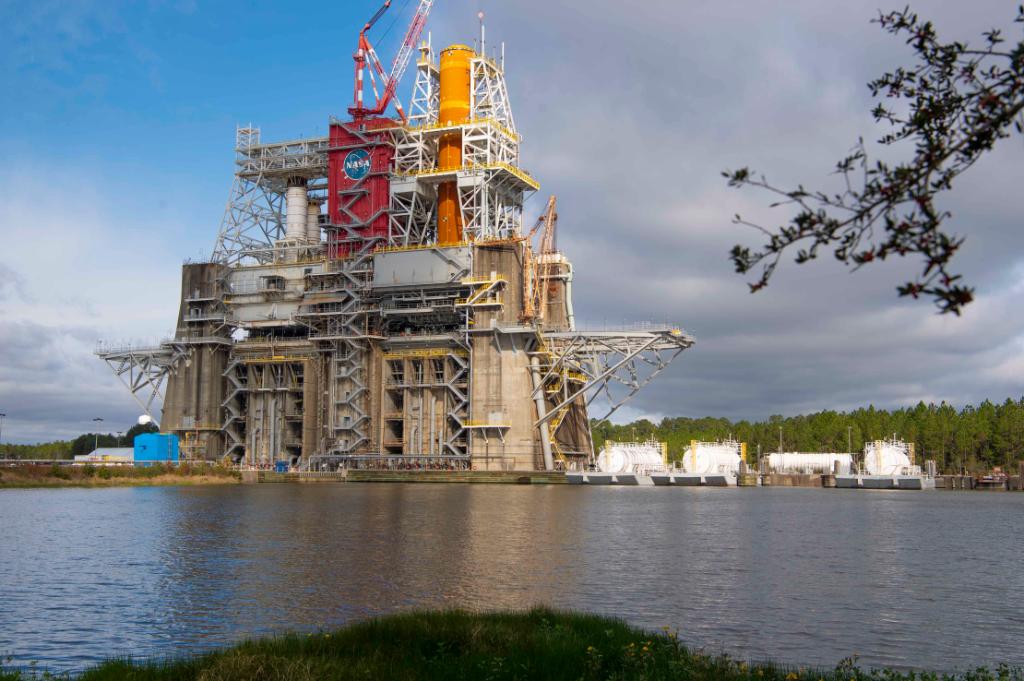
While that was the plan, due to many issues with contracting and development issues, the initial launch date was continued to be pushed back with little hope those dates will actually stick until the first week of 2021.
Stacking of the SRBs for the first Artemis mission started at the tail end of 2020 and beginning of 2021 which set a timer for when NASA will need to launch before they would have to de-stack and inspect the SRB segments. Currently, Artemis 1 is set to launch in November of 2021 on a 25 day trip to the Moon and back to certify the vehicle and Orion capsule for human flights.
Enjoy reading Space Explored?
Help others find us by following on Apple News and Google News. Be sure to check us out on YouTube, Twitter, Facebook, and Instagram, join our Discord!
FTC: We use income earning auto affiliate links. More.


Comments